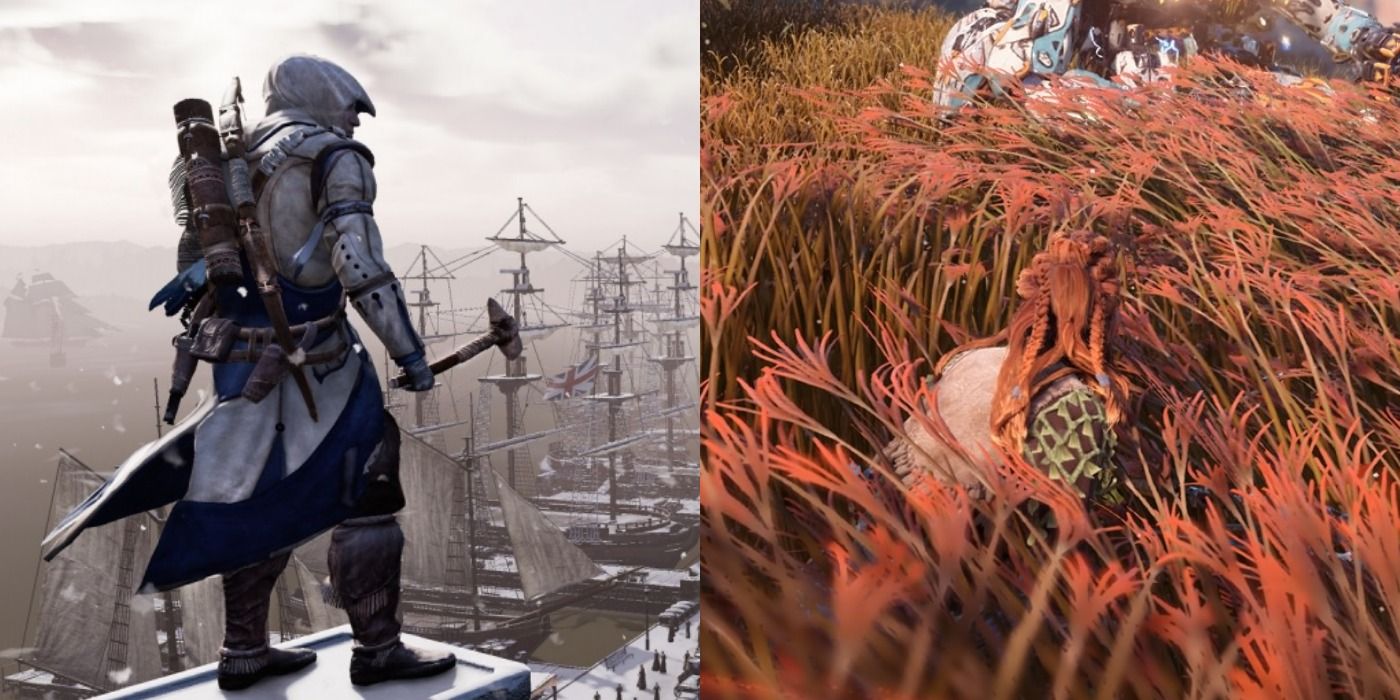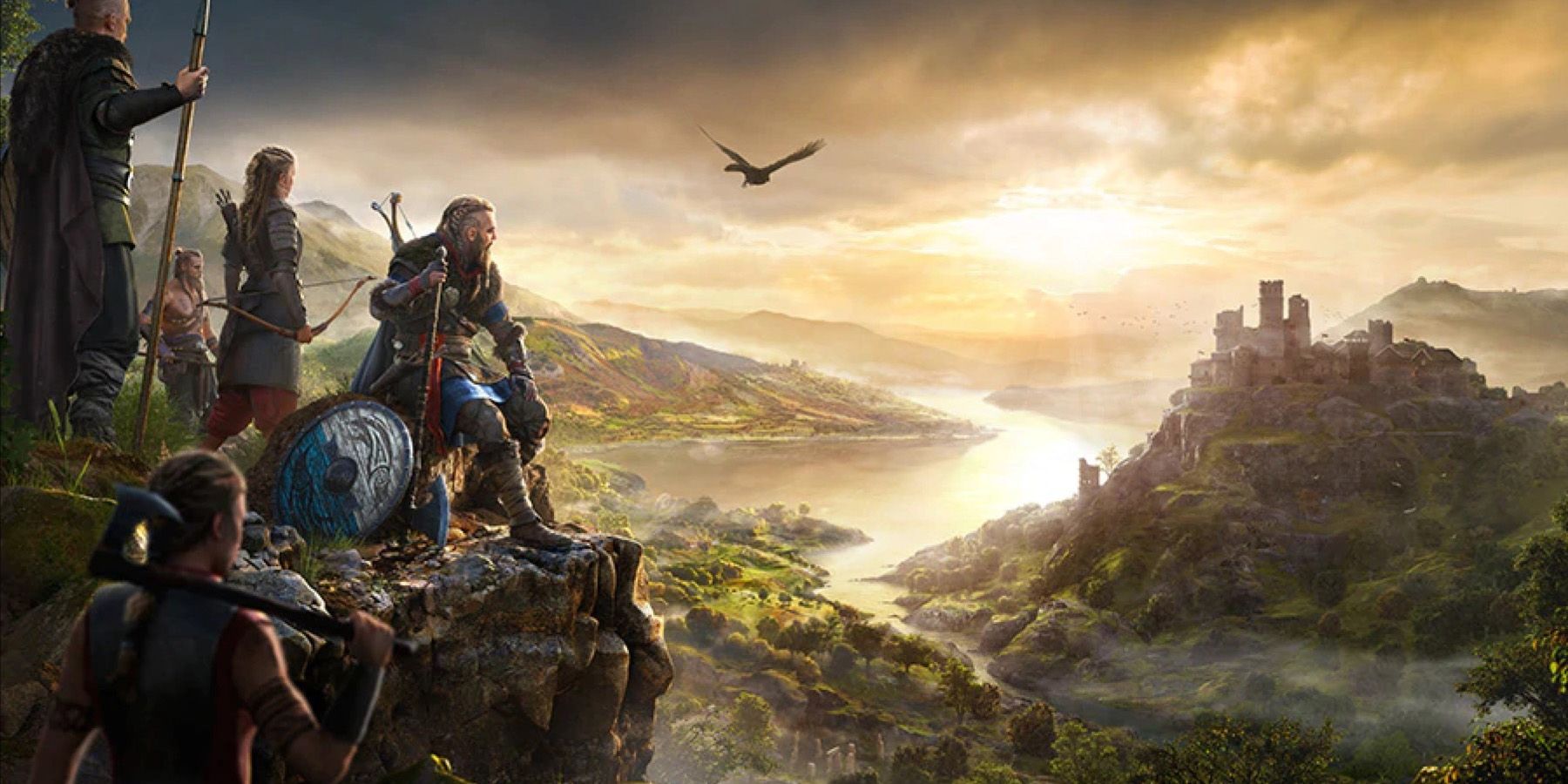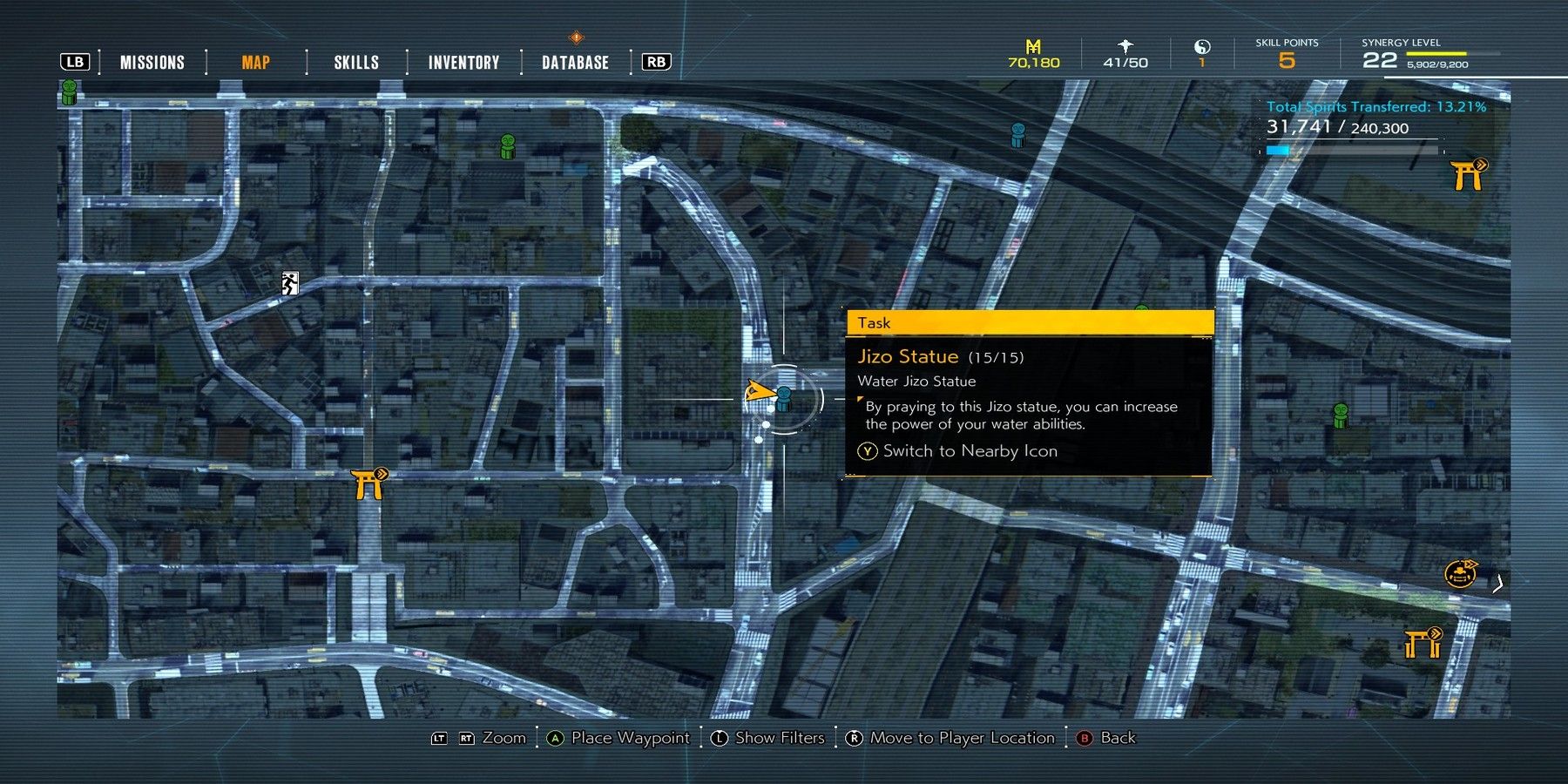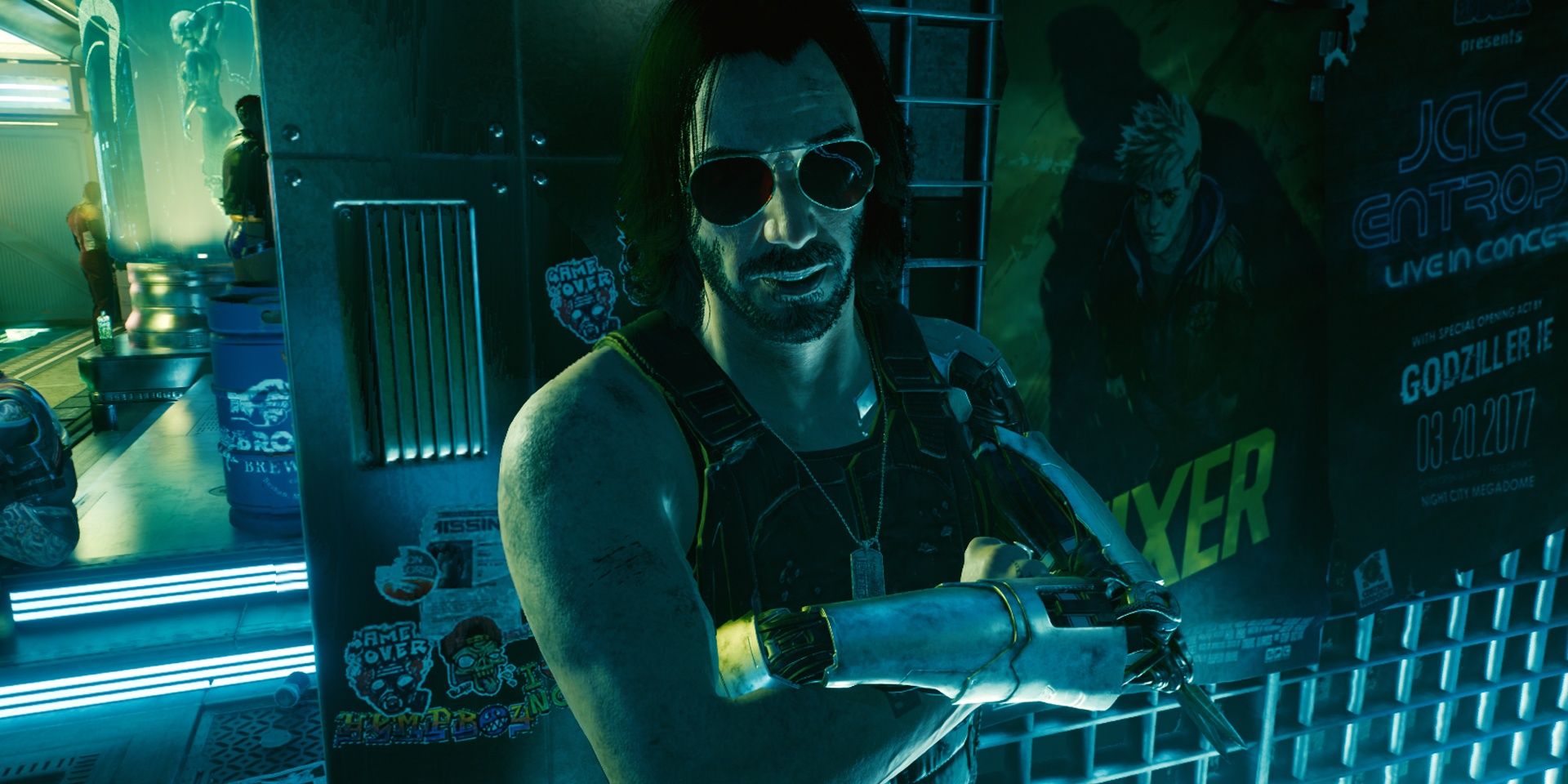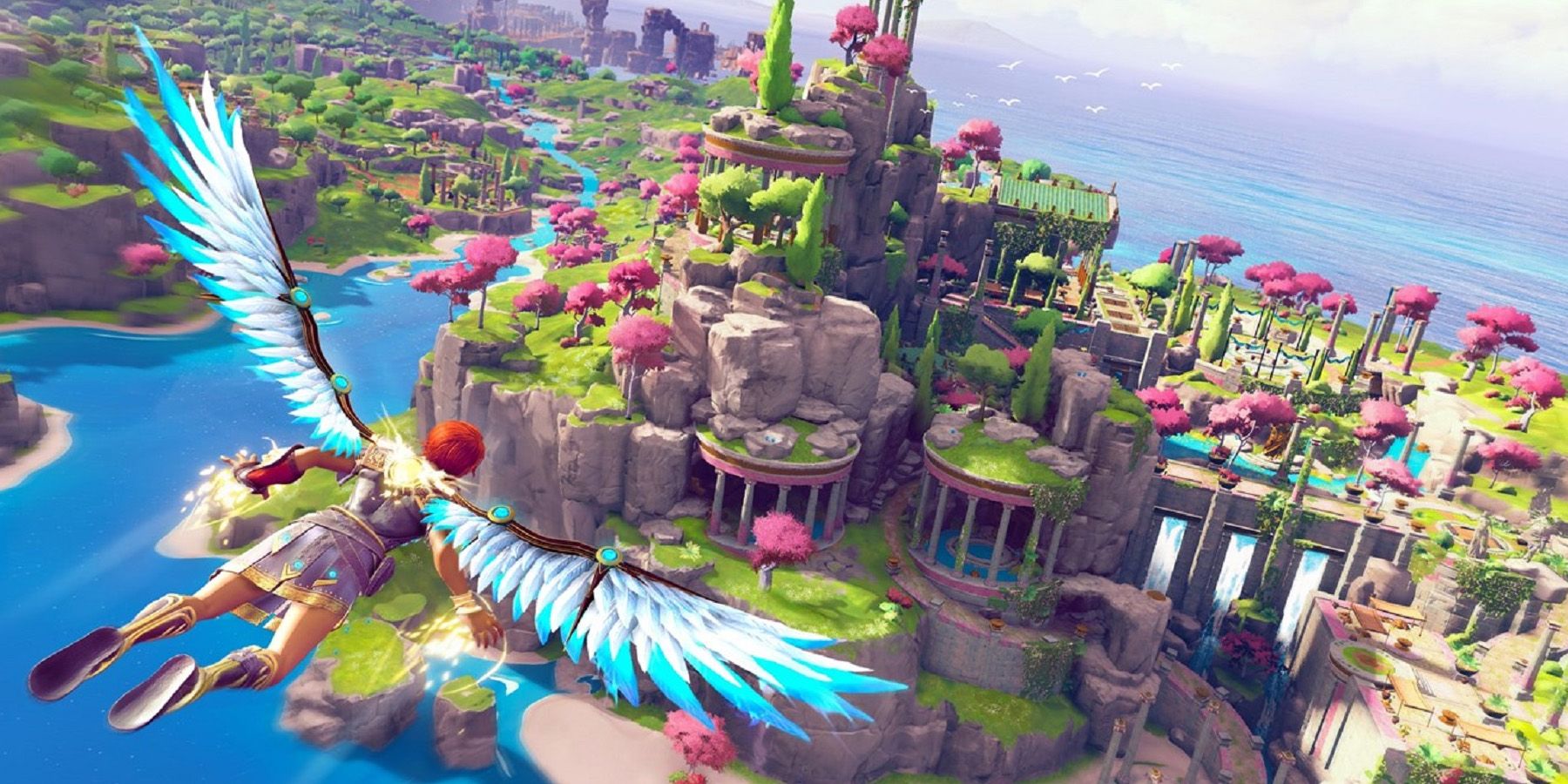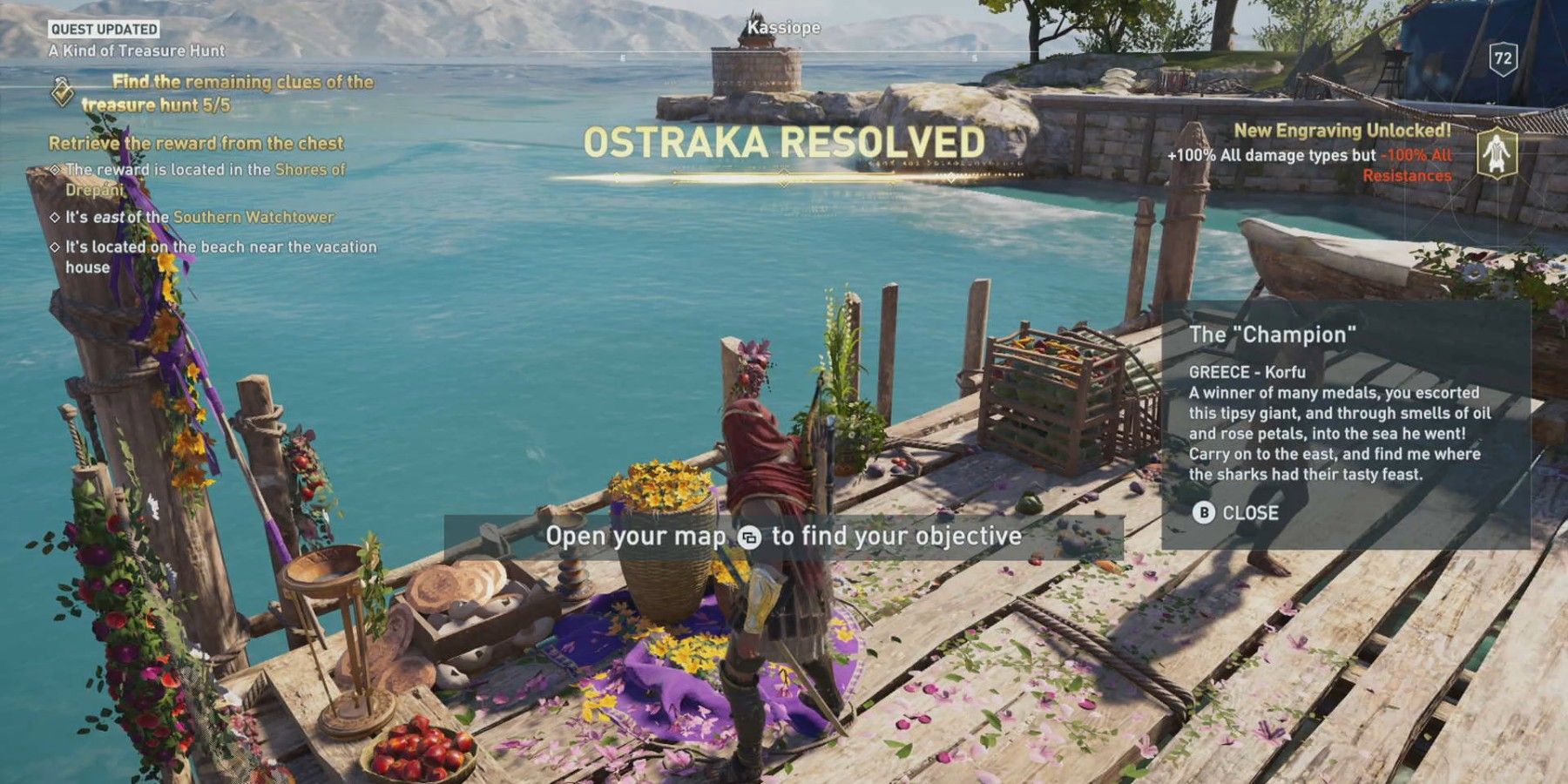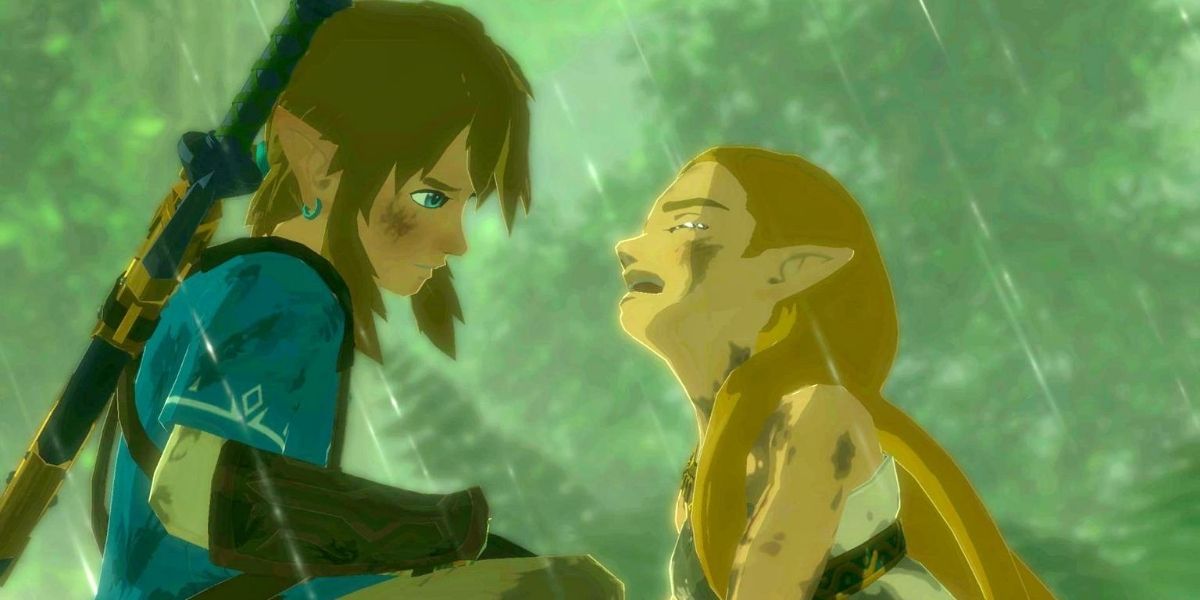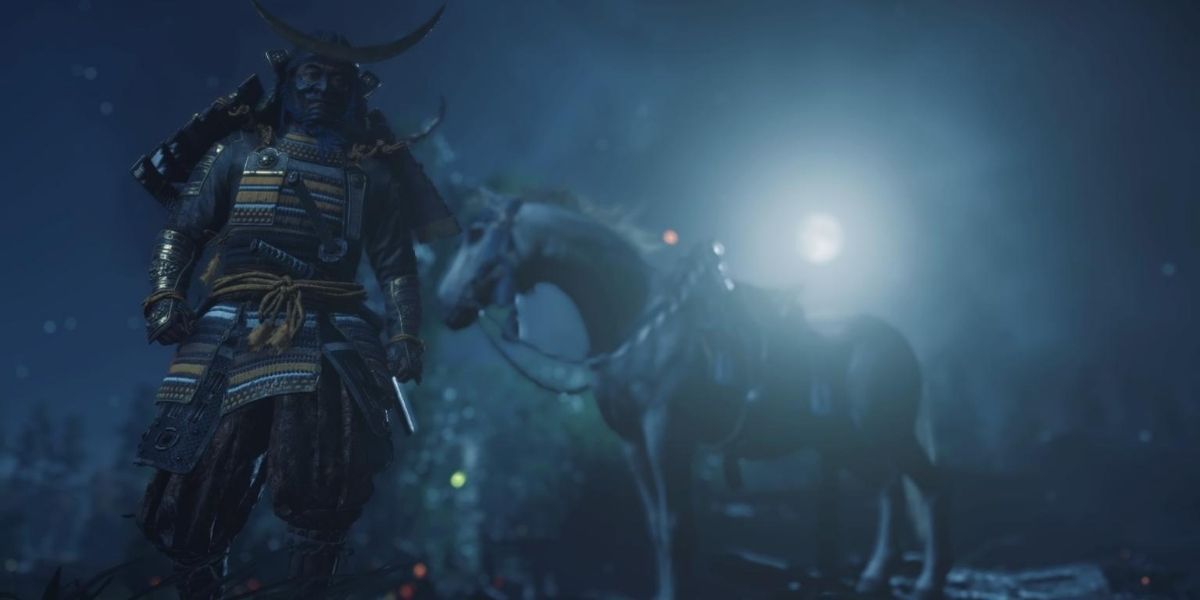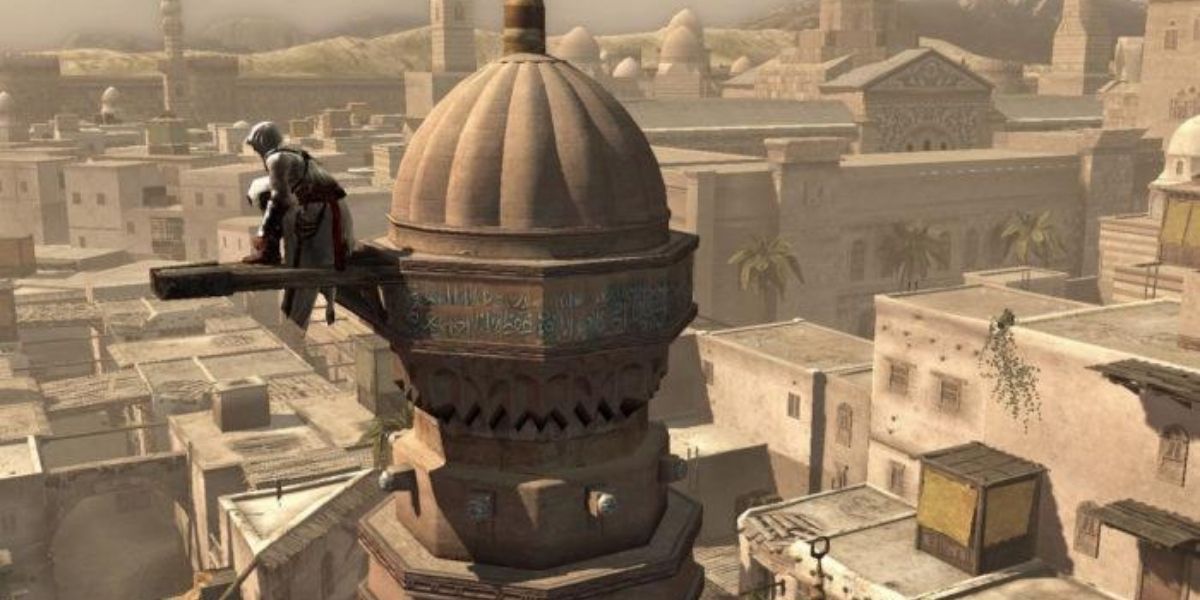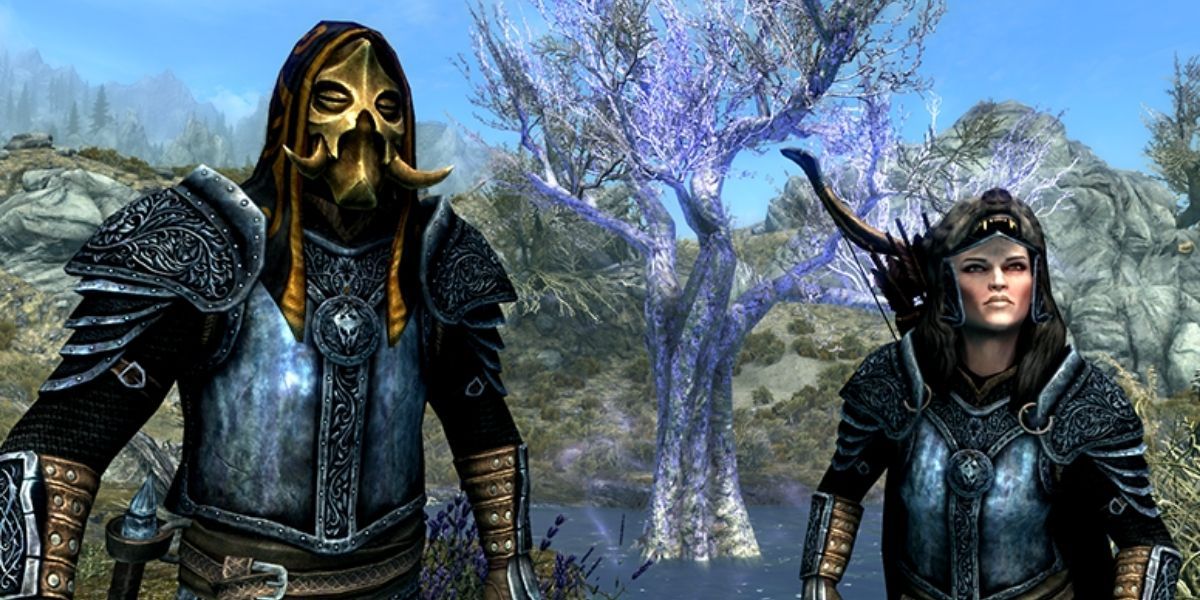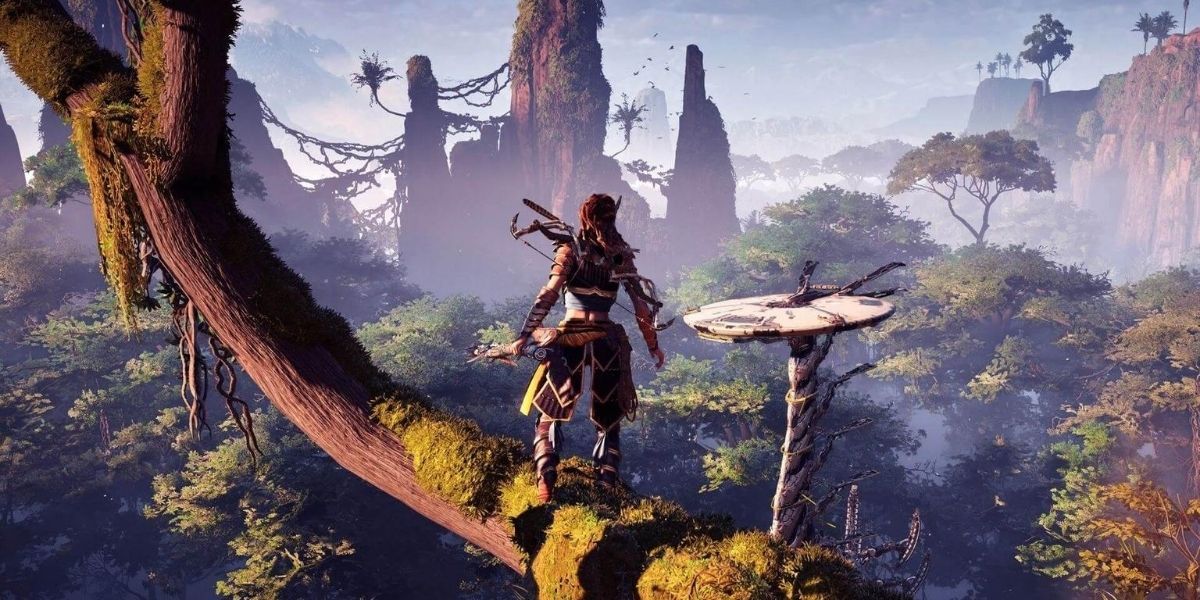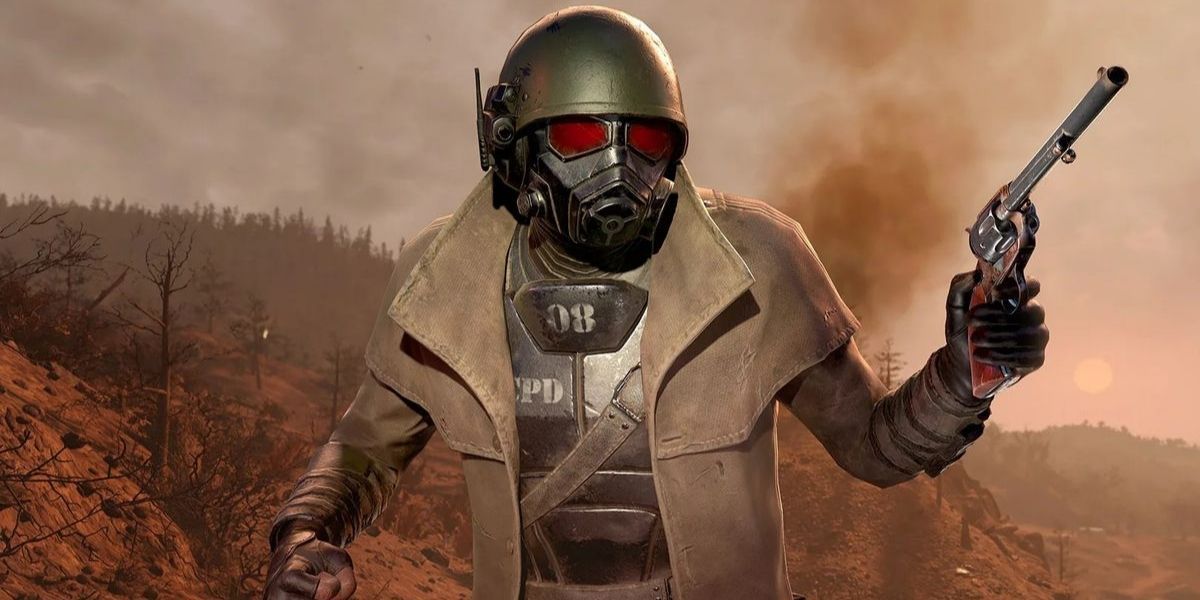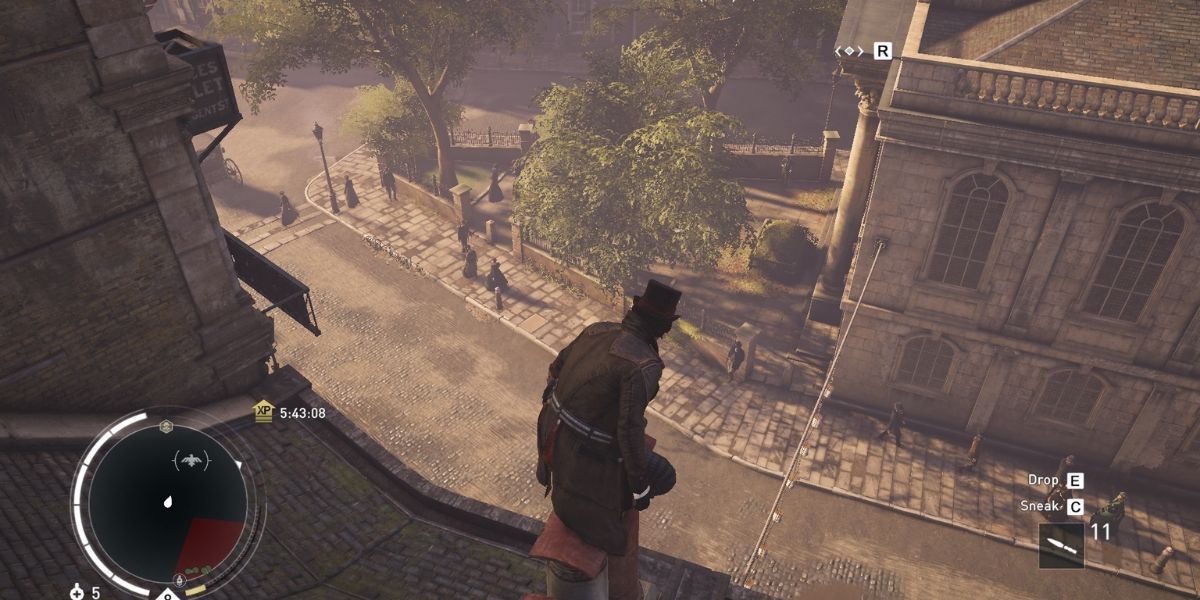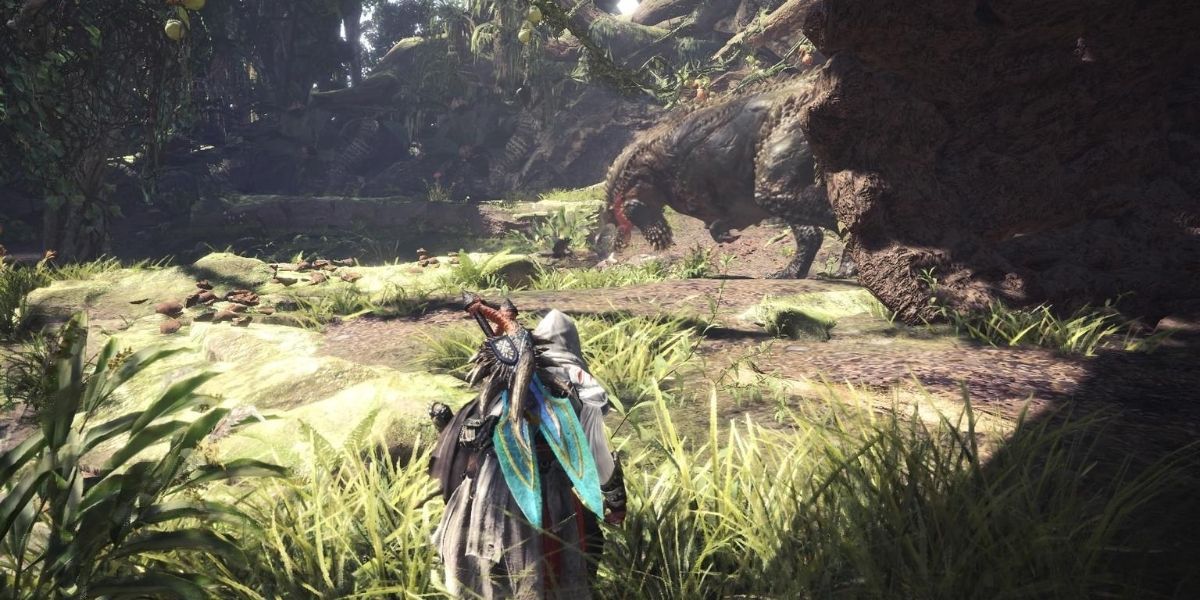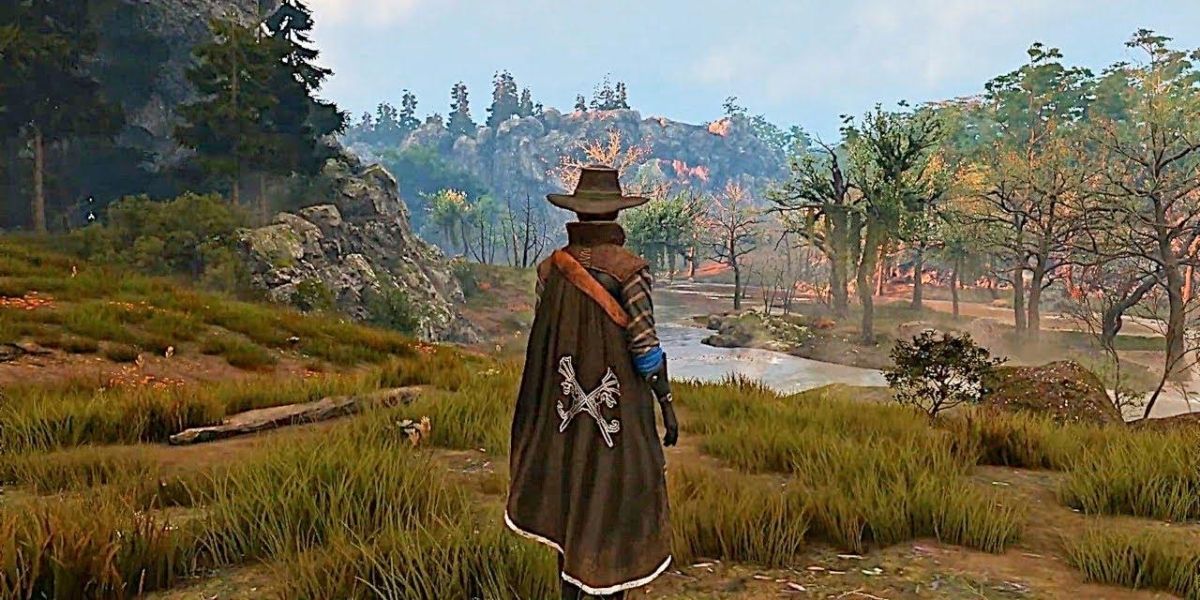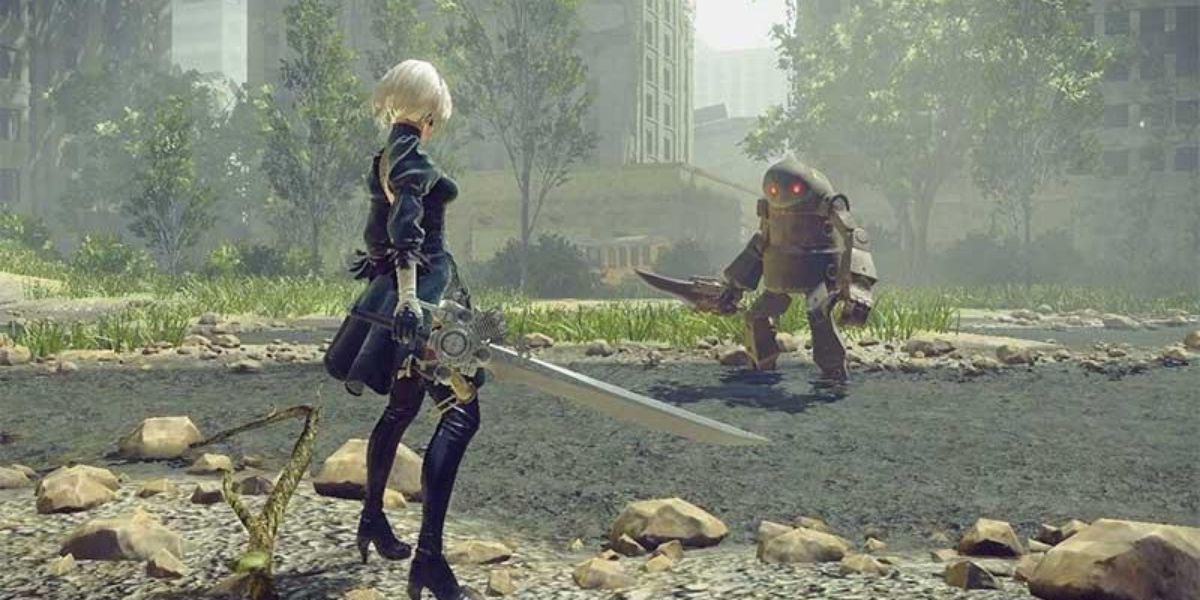Open-world games like Skyrim are a thing of beauty, elegance, and constant traveling that can sometimes make a player want to throw their controller at the TV. The sheer prevalence of certain open-world game mechanics is enough to drive any player insane.
Open-world games can be some of the best games available, but most end up with features that feel more time-consuming than they could be. Why would the game's protagonist need to climb a hundred towers in the first place when a map would suffice? If players take a harder look at the next open-world game that they play, they'll soon realize how aggravating these meddlesome mechanics can be.
Updated April 16, 2022, by Ritwik Mitra: Open-world gaming has become all the rage in modern times. These games offer players a massive degree of flexibility as they make the most of the sandbox surrounding them and carve their own unique journey through its many grains. However, while open-world gaming has its benefits, there are some people who aren't huge fans of the recurring tropes that show up prominantly in these games. Modern titles are especially problematic in this regard, with the following open-world gaming tropes irritating players to no end after a certain point.
15 Level-Gating
Open worlds and RPG mechanics have combined extensively in most AAA games. While this has generally led to more gradual progression, it's also pretty annoying for players who want to explore the open world aroudn them with relative ease.
As a result, level-gating almost seems contradictory and doesn't play to the strengths of open-world games. As a result, any high-leveled content should be integrated smartly without feeling too restrictive.
14 Flooding The Map With Icons
Gamers who started playing Elden Ring noticed a lack of annoying icons scattered all across the in-game map. This is truly brilliant and evokes the same feeling that most players experienced while playing Breath of the Wild.
Modern AAA games need to take notes and start trusting the player with their open worlds. If something looks interesting, then players are bound to explore. No external stimuli in the form of useless icons need to be provided if the world design is good enough to make these elements stand out in the world.
13 A Disjointed Story
Open-world games prioritize freedom and exploration over everything else. As a result, it can be hard to get into the narrative that these games might be trying to peddle.
After all, there's so much side content in these games that players can genuinely forget their motivations for exploring this world in the first place. While too much player freedom isn't necessarily a bad thing, these games need to mold their stories in a manner that complements this design.
12 Inconsistent Quality
Given the tight schedules to which most games are made, it's easy to see why some of their parts are more lackluster than others. This is especially true in the case of open-world games, where every aspect of the world needs to be taken care of with utmost detail.
However, some games are unable to maintain a consistent level of quality in their open worlds. As a result, some parts of the game feel more polished and engaging than others, which can make the overall experience feel incredibly disjointed.
11 Unrewarding Exploration
After a point, open-world games start phoning it in when it comes to the variety of things that players can accomplish in their worlds. The initial allure of exploring the worlds simply fades out over time.
The new Assassin's Creed games suffer from this, with the majority of things to do in the open world being less and less exciting over time. After a point, most players just power through the main story instead of trying to feign any interest in the game's massive world.
10 Ending The Game Early
Legend of Zelda: Breath of the Wild was an amazing feat for Nintendo. They took Link to new heights, both figuratively and literally, but there is something bad about a game this large that can be beaten in six minutes.
Zelda isn't the first game to fall victim to this outrageous mechanic, but it is certainly the most notable. Some players want to have a little substance and not a challenge to see who can beat the game the fastest.
9 Collect-a-thon
Did anyone see that shiny pebble over there that wouldn't have much value in the real world? Well, players need about twenty more of those to unlock an achievement or trophy. How about those Mongol artifacts? One of the most recognizable recent releases, Ghost of Tsushima, is guilty of this next sin.
Who wants to run around and collect a ton of artifacts just to say they did it? Take a look around at other various open-world games. It is more common than players might think to have the player run around and collect meaningless objects just to gain an achievement or a small token of appreciation.
8 The Towers
Ubisoft is guilty of creating one of the most annoying mechanics in open-world games. Other franchises have taken advantage of the tower system that appeared in Assassin's Creed, but here is a simple question; wouldn't a map suffice?
It can be understood when the towers mean something to the game like in Far Cry 3. Taking out the radio towers is a key strategy to help take down a dictator, but shouldn't at least some of them have staircases? What dictator cares so much about their radios that they would send their goons to take down every staircase across an island?
7 It's The Never-Ending Story
Skyrim is probably one of the best games to come out over the last decade, but it also has the capability to go on forever. Some of the missions are never-ending and can make the game feel like it will go on until the Earth finally stops rotating and life ceases to exist.
Fallout 4 has the same issue when it comes to helping the other survivors. Can someone tell Bethesda and any other game studio who uses this mechanic to finally make it stop?
6 A Surplus Of Sides
Think of the main story of any open-world game as the main course. The great dish that players have been waiting for after their appetizer has come and gone. Now think of the side missions as the french fries that come with a burger. The only problem is that they don't stop coming.
This is great for a while but eventually, players stop focusing on their main course and it becomes all about the fries. Some open-world games like Horizon: Zero Dawn have a mechanic that spawns side missions at random as players walk around. This is great until they realize that they have completely forgotten about the main story and when they return, they have completely forgotten what the story was even about.
5 Fetching Everything
Fetch quests can be the bane of anyone's existence. Everyone knows the type of quest where players need to get an item for someone that is often rather far away and return it to them lickety-split.
These quests can get annoying real quick and are often one of the biggest types of missions in open-world games. These missions could easily go away and nobody would notice. They feel more like filler than anything else. Plus, why is it there are always a ton of people who can't seem to go get anything themselves?
4 Constant Repetition
Assassin's Creed and many other games have fallen victim to repetitive quests that seem to never end. How many times must we follow someone to gain intel? How many times must we go assassinate a target?
Ubisoft really knows how to keep padding a game up with the same types of quests, but it's not the only one. Other games like Watch Dogs use the same mechanic. With a lack of variety in quests, it's no wonder why they can feel repetitive and become a boring mess.
3 Sneaky Greenery
Open-world games have a common sneak element that allows players to hide from enemies and assassinate them from the shadows. It has become a trope, however, that protagonists always seem to hide in tall grass or some type of greenery that doesn't always look like it belongs. Think Horizon: Zero Dawn, Ghost of Tsushima, and any Far Cry game.
While there are some areas that players can hide that set themselves apart from the others, they all share the large greenery aspect that can be used to hide from enemies even if they are right in front of players.
2 Out Of Bounds
Open-world games have made some big promises over the years with the capability to go here and there without any restrictions on ways that players can approach a situation. This all sounds too good to be true at times, and for good reason. There are often missions in these games that require players to approach a target or an area.
Now imagine finding the perfect vantage point and being ready to make an approach, then the out-of-bounds text appears across the screen. Why do these games hype up their expansiveness if they are going to confine players to rules about when and where they can strike?
1 Difficulty Scaling
A great example of open-world games are the ones that don't require players to constantly upgrade all of their gear to beat the game, but for those that do, there is a problem that needs to be addressed.
Enemies tend to never increase in difficulty, but rather become beefier than they were before. That enemy with the minuscule health bar at the beginning of the game has made his return at the end with the same attack patterns that come with increased damage and health.

